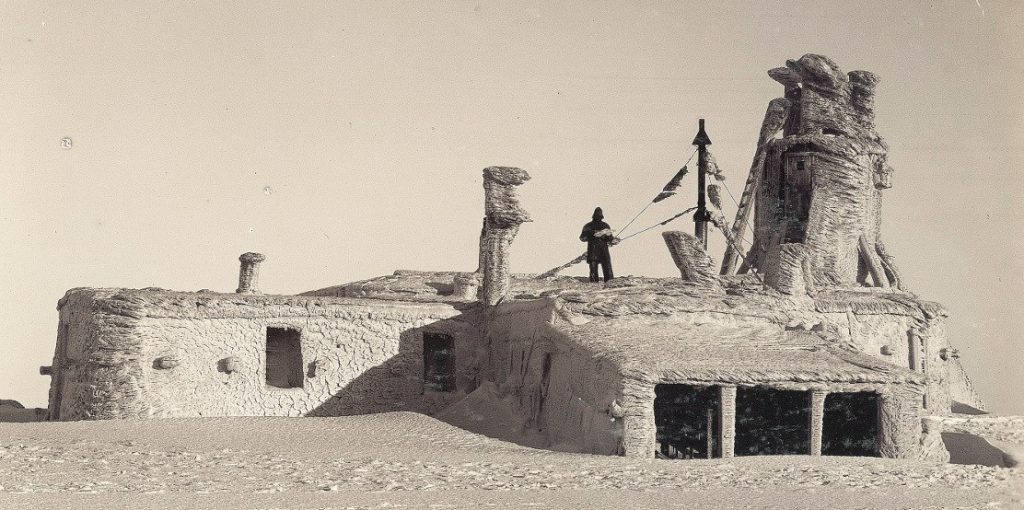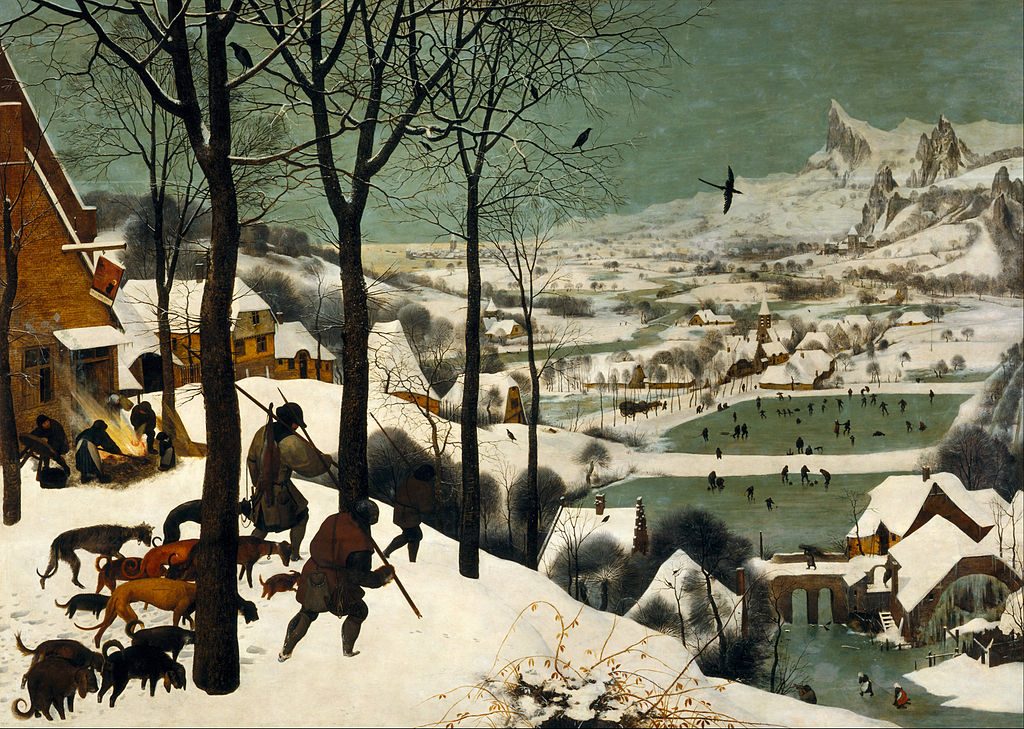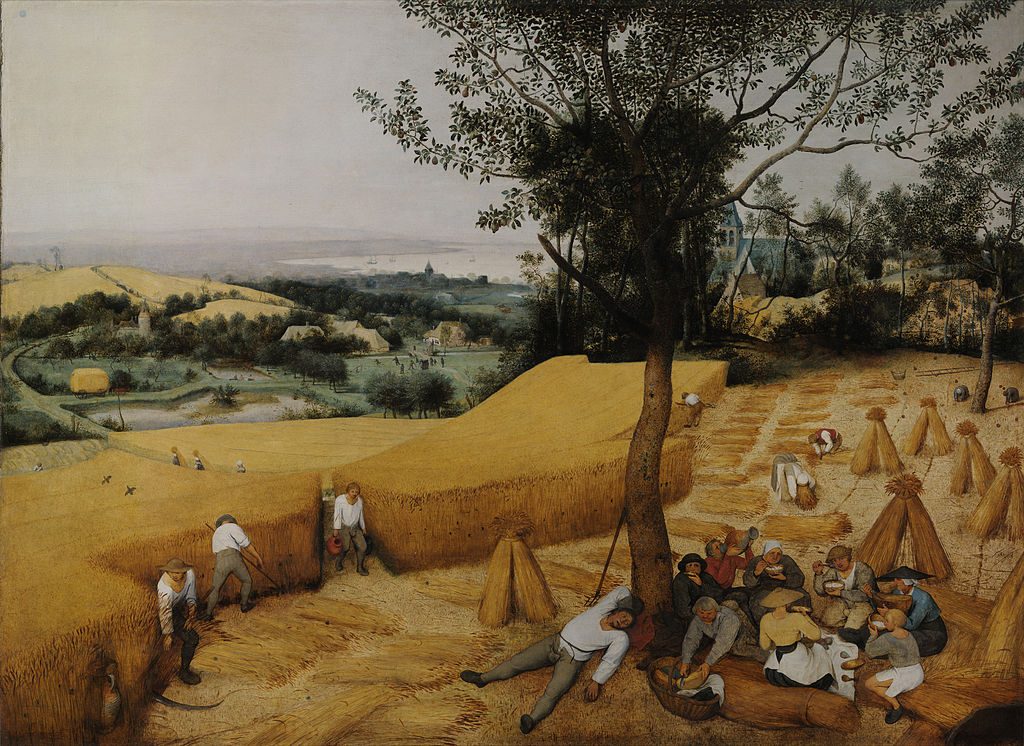On 27th February 1903 a major windstorm hit the UK and Ireland, known as Storm Ulysses.
The 20th Century Reanalysis (20CRv3) includes a modern reconstruction of the storm, created by assimilating available observations of surface pressure into a state-of-the-art weather forecast model.
There is a problem however. The number of available observations over north-west Europe is limited as most have never been digitised from the original hand-written paper sources. Recently, the WeatherRescue.org project rescued millions of observations, allowing us to examine the value of this new data by rerunning 20CRv3 with the new data added.
Continue reading Storm Ulysses



